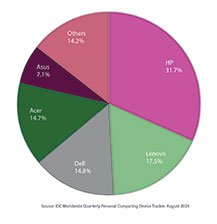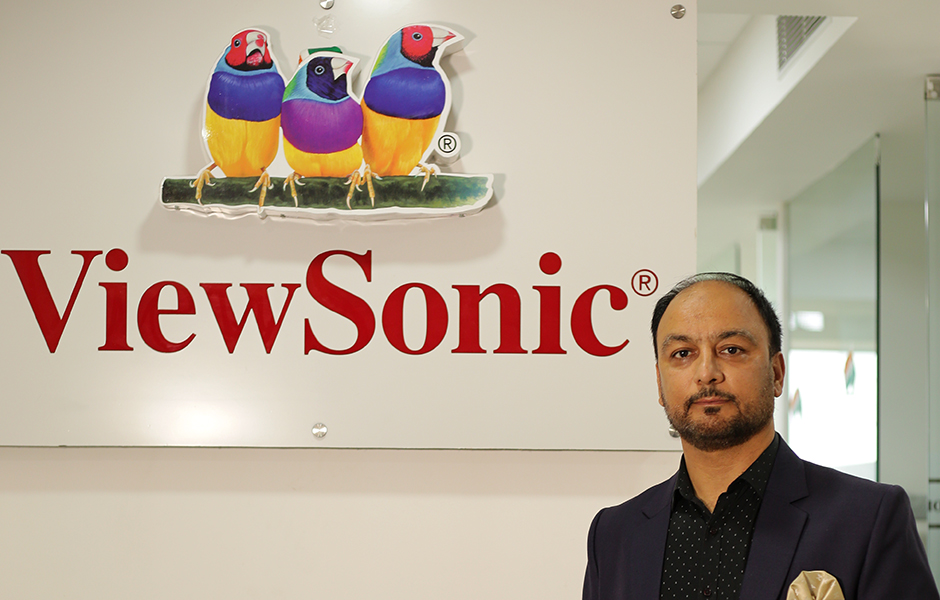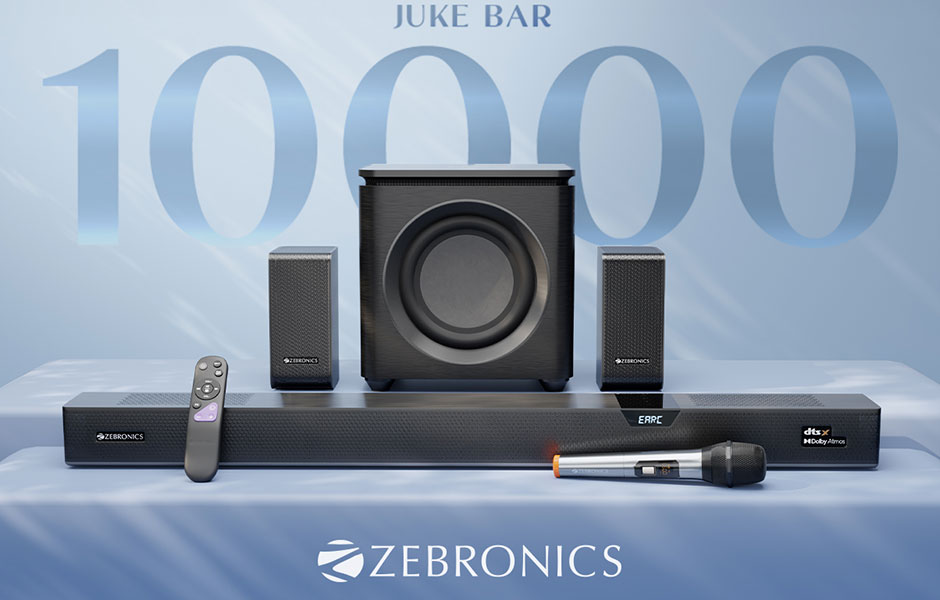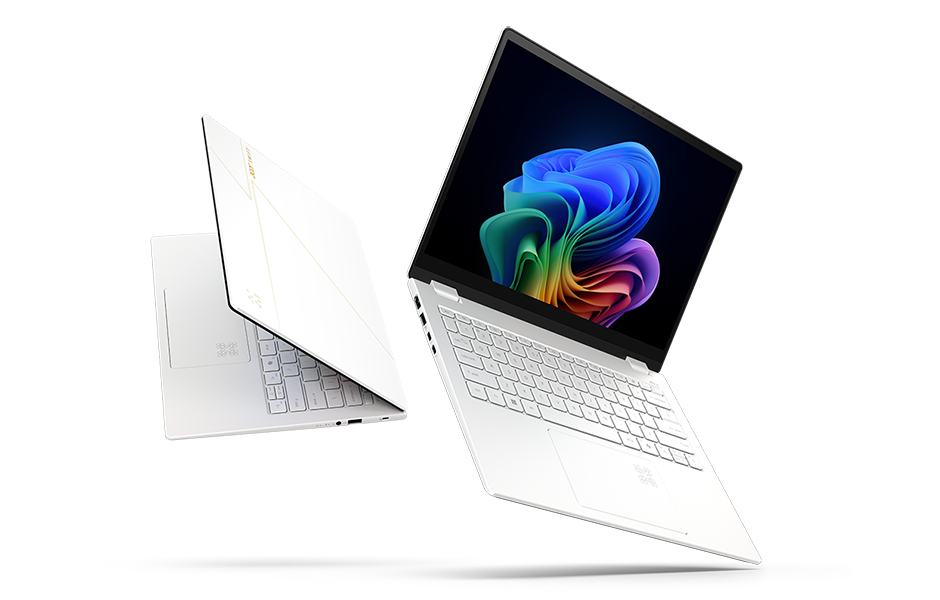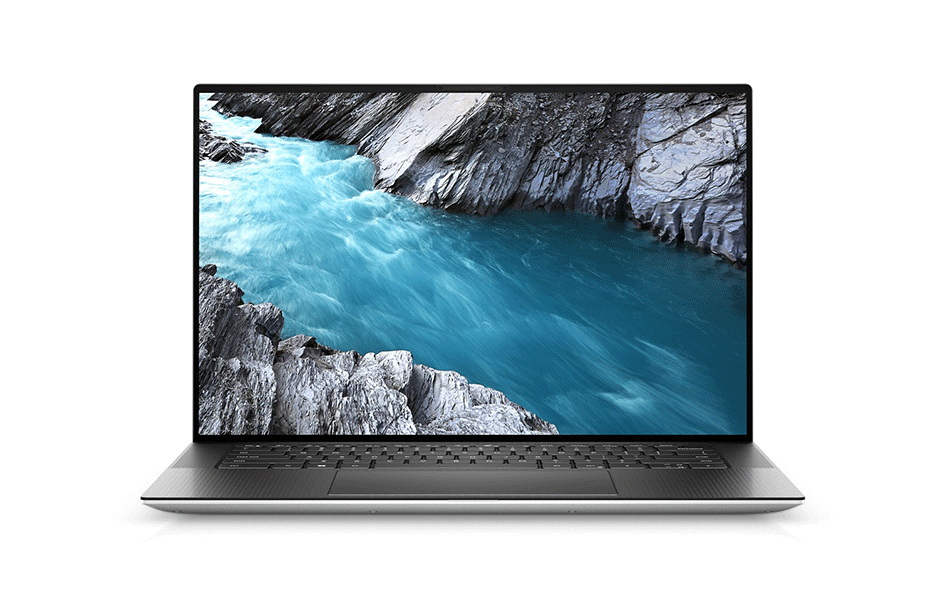Worldwide semiconductor revenues grow by 5.4% in 2020 despite COVID-19 all around: IDC
Digital Edge Bureau 04 Feb, 2021 0 comment(s)According to the Semiconductor Applications Forecaster (SAF) from IDC, the worldwide semiconductor revenues grew to $442 billion in 2020, an increase of 5.4 percent as compared to those of 2019
Undermining the nasty impact of COVID-19 on the global economy, the semiconductor market performed better than expected in 2020, fueled by the growth in cloud computing and demand for devices to support remote work and learning. Worldwide semiconductor revenue grew to $442 billion in 2020, an increase of 5.4 percent compared to 2019, according to the Semiconductor Applications Forecaster (SAF) from IDC.
The DRAM and NAND markets also recovered after a poor 2019, growing 4 percent and 32.9 percent, respectively. IDC forecasts the semiconductor market will reach $476 billion in 2021, a 7.7 percent year-over-year growth rate as the various COVID-19 vaccines are disseminated and economies begin to open and gradually recover.
The emergence of COVID-19 and subsequent measures taken to manage infection rates, including stay-at-home mandates, remote work, remote education, travel restrictions, and manufacturing shutdowns, created significant business volatility that impacted industries unevenly. “The nature of the recovery will depend upon how quickly government stimulus plans stabilize the global macroeconomy and consumer confidence improves as vaccinations roll out around the world”, said Mario Morales, Program Vice President, Enabling Technologies & Semiconductors, IDC. “There are specific markets that remain on an upward trajectory and are essential to the recovery this year, including 5G, cloud, intelligent edge, and the dedicated foundry industry. The first half of the year will also see some inventory digestion in the enterprise, cloud, and telco equipment market, but we do not expect it to derail the growth for the year. Semiconductor technology remains critical across every industry on our journey to a sustainable recovery”, added Morales.
Report Fineries
The market for semiconductors in computing systems, such as PCs and servers, outpaced the overall semiconductor market, growing 10.9 percent year over year to $152 billion in 2020. “Measures to control the COVID-19 infection forced workers and students to stay at home, which forced corporations and consumers alike to acquire PCs,” said Shane Rau, Research Vice President, Computing Semiconductors. “Further, the dispersal of workers and students away from centralized locations forced cloud service providers, telecommunications providers, and corporate IT departments to invest in their computing infrastructure”, explained Rau. IDC forecasts computing systems revenues will grow 6.3 percent to $161 billion in 2021.
While, Smartphones were the second largest demand driver for 2020 with the growth in 5G phones accelerating significantly. Healthy competition for lower cost 5G SoCs resulted in 5G phones being sold at a wide variety of price ranges to reach a broader set of consumers. “Mobile phone shipments fell by more than five percent in 2020, but mobile phone semiconductor revenues will have grown by about 3 percent due to a shift to higher ASP 5G semiconductors, more memory, sensors, and RF support for more spectrum bands”, said Phil Solis , Research Director for Connectivity and Smartphone Semiconductors. “2021 will be an especially important year for semiconductor vendors as 5G phones capture 30% of all mobile phone shipments while semiconductors for 5G phones will capture nearly 54% of the revenue in the segment”, added Solis. IDC forecasts mobile phone semiconductor revenues will grow by 11.4 percent in 2021 to $128 billion.
The automotive and industrial semiconductor markets were significantly impacted by COVID-19, which created sales disruption and manufacturing disruptions, while trade policy impacted supply chains throughout the year. Sales improved in the third quarter of 2020, but automotive OEMs are experiencing manufacturing disruptions due to semiconductor shortages as some semiconductor foundries allocate production. Automobile sales, including light commercial vehicles, in 2020 declined 14.5 percent to 71 million vehicles, resulting in an 8.4 percent decline in automotive semiconductor revenues to $37 billion.
“An automotive recovery in 2021 depends on the rate of vaccination and how well the vaccinations defend against the new variants of COVID-19 that are emerging around the world,” said Nina Turner, Research Manager for Automotive Semiconductors, IDC. “Semiconductor content growth in vehicles continues to outpace vehicle unit sales growth, with growth in semiconductors that enable electrification, infotainment and connectivity, and ADAs”, elaborated Turner. For 2021, IDC forecasts that non-memory automotive semiconductor revenue will grow 12.6 percent.

















